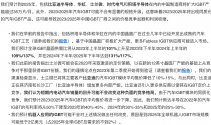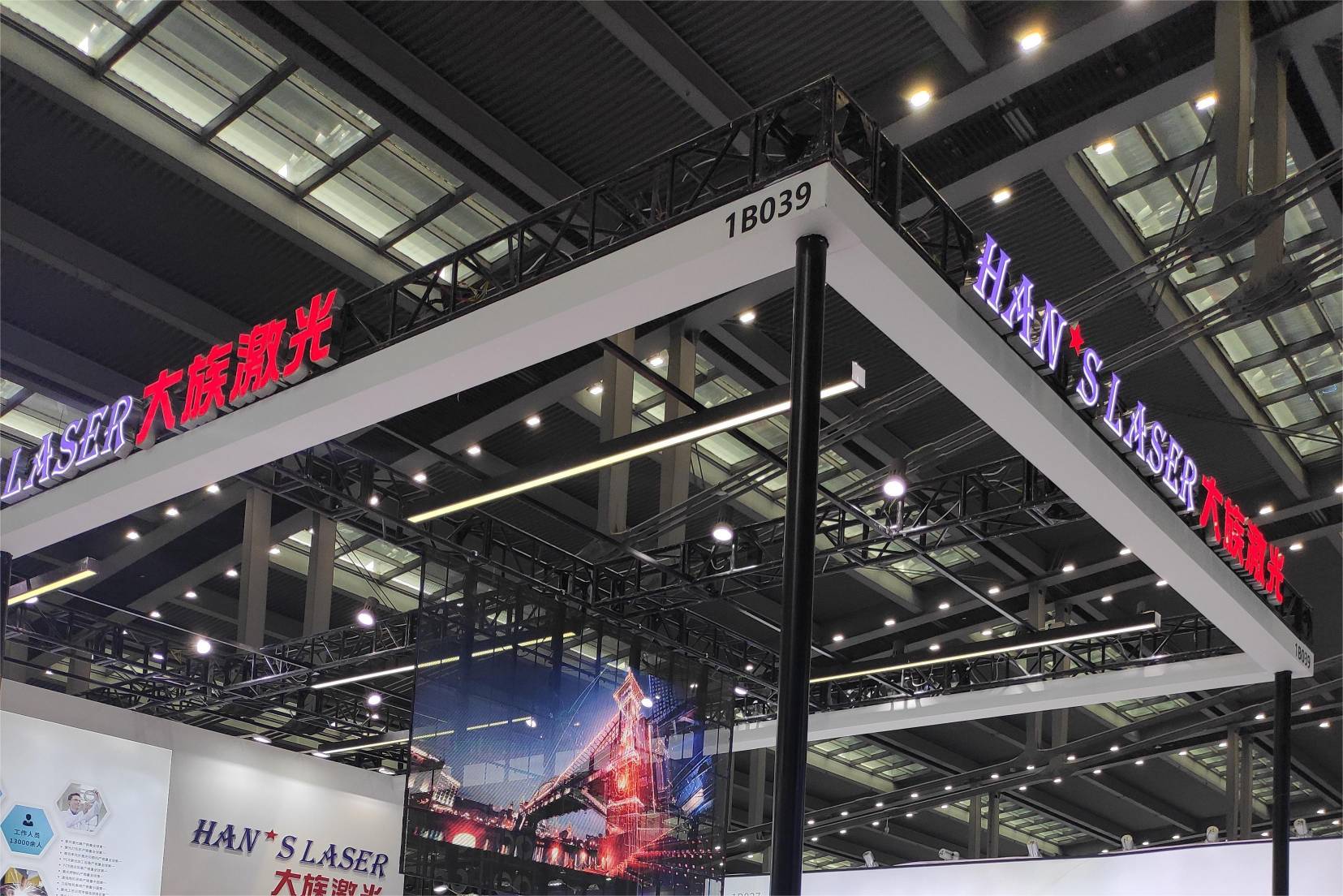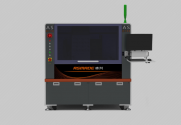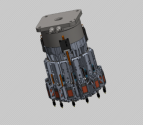Here is a link to the article in the South Korean DDaily news that Digitimes is talking about.
"... the localization rate of Chinese semiconductor equipment exceeded 40%. This figure has more than doubled in two years.
So far, the US, Japan, and Europe have led the semiconductor equipment market. The Chinese semiconductor industry was also highly dependent on that country. However, as the United States experienced a trade conflict with China and began to 'kill semiconductors', procurement of essential equipment became difficult. With Japan and the Netherlands joining in, it became virtually impossible to establish a new semiconductor line.
In response, the Chinese government took action directly. Through trillion-dollar funding support, domestic equipment companies such as Zhongwei Semiconductor, Beifang Huachang, and Shanghai Microelectronics were fostered and the proportion of internalization was rapidly increased.
Overall investment in research and development (R&D) also increased significantly. According to Japan's Nikkei Shimbun, 80% of semiconductor companies listed on the Chinese stock market in the first half of this year increased R&D expenses compared to the previous year. SMIC, China's largest semiconductor foundry company, saw its R&D spending increase by 5% even though its net profit during this period fell by more than 50% compared to last year.
In addition, it is evaluated that the government's semiconductor development strategy has become more detailed. An official in the semiconductor industry said, “In the past, we would have given money to local governments and let companies take care of it, but as there were many failures and growth was slow, we changed our method. We used a limited company to purchase equipment directly and distribute it to places where it is needed.” explained.
However, in the exposure sector, which accounts for the largest proportion of the eight major semiconductor processes (approximately 60% of time and 35% of cost), the self-sufficiency rate is only in the single digit range. Exposure is the process of engraving circuits on a wafer by emitting light, but the technical difficulty is very high.
In a situation that is difficult to overcome in a short period of time, China is using existing deep ultraviolet (DUV) equipment to perform 'multi-patterning' (a process technology that projects light multiple times) or secure a large number of expensive equipment in the relatively less regulated post-process field to process cutting-edge processes. It is said that it makes up for the shortcomings. The result is the 7-nano application processor (AP) ‘Kirin 9000s’ installed in Huawei’s ‘Mate 60 Pro’.
Insufficient facilities are sometimes made up of using used equipment. It is rumored that the Chinese side is sweeping up used equipment in 2020. It is known that they are also using the expedient method of importing equipment that has not been used a few times and accounting for it as used.
An official from another company said, “China has been putting a lot of effort into recruiting overseas semiconductor talent since the past. Every year, tens of thousands to hundreds of thousands of master's and doctoral degrees are produced. “This talent pool will be making a significant contribution to China’s semiconductor growth,” he analyzed.
Recently, China is said to have given verbal instructions to its electric vehicle manufacturers to use only Chinese semiconductors. In this way, it is expected that the government-level semiconductor drive will become more and more explicit in order to expand its own ecosystem."









